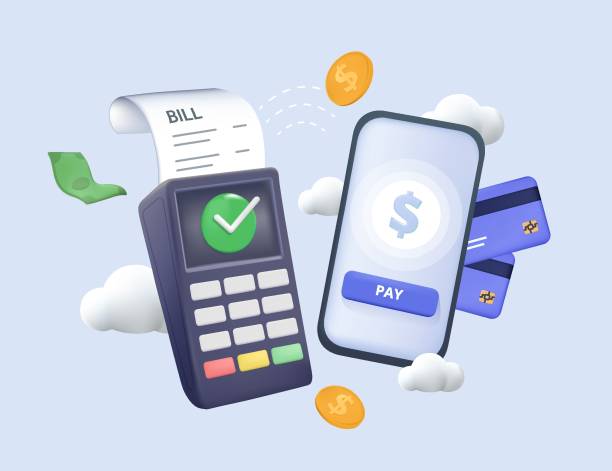Are you an aspiring entrepreneur looking to venture into the world of e-commerce? Perhaps you’re already running a small business and seeking ways to expand your reach and maximize your profits. In either case, the combination of Alibaba to Amazon FBA (Fulfillment by Amazon) offers a potent recipe for success in the competitive realm of online retail.
In this comprehensive guide, we’ll delve into the intricacies of leveraging Alibaba, the world’s largest online B2B marketplace, in conjunction with Amazon FBA, a powerhouse in e-commerce logistics. Whether you’re a newcomer or a seasoned seller, these insider tips and strategies will help you navigate the process and unlock the full potential of your e-commerce endeavors.
Understanding Alibaba: Your Gateway to Global Suppliers
Alibaba serves as a gateway to a vast network of suppliers, manufacturers, and wholesalers, primarily based in China. With millions of products spanning diverse categories, Alibaba offers unparalleled access to inventory at competitive prices. Here’s how you can make the most of this platform:
- Thorough Research: Before diving in, conduct extensive research to identify reliable suppliers with a proven track record of quality and reliability. Look for suppliers with high transaction volumes, positive reviews, and trade assurance.
- Communicate Effectively: Clear communication is key to successful collaboration. Clearly articulate your product requirements, specifications, and expectations to ensure alignment with your supplier.
- Sample Testing: Request samples before placing bulk orders. This allows you to assess product quality, packaging, and overall suitability for your target market.
- Negotiate Terms: Don’t hesitate to negotiate pricing, MOQs (Minimum Order Quantities), and other terms to secure favorable deals. Building a mutually beneficial relationship with suppliers can lead to long-term success.
Optimizing Amazon FBA: Streamlining Your Operations
Amazon FBA streamlines the logistics of your e-commerce business by handling the storage, packaging, and shipping of your products. By outsourcing these tasks to Amazon, you can focus on scaling your business and enhancing customer experience. Here are some strategies for optimizing your Amazon FBA operations:
- Product Listing Optimization: Invest time in optimizing your product listings with high-quality images, compelling descriptions, and relevant keywords. This improves visibility and enhances your chances of ranking higher in Amazon search results.
- Inventory Management: Monitor your inventory levels closely to prevent stock outs and avoid storage fees. Leverage Amazon’s tools and analytics to forecast demand and replenish stock accordingly.
- Utilize Amazon Advertising: Take advantage of Amazon’s advertising platform to promote your products and drive targeted traffic to your listings. Experiment with different ad formats, keywords, and targeting options to maximize ROI.
- Monitor Performance Metrics: Regularly review key performance metrics such as sales velocity, conversion rates, and customer feedback. Identify areas for improvement and iterate on your strategies to optimize performance.

Harnessing the Power of Integration
The synergy between Alibaba and Amazon FBA offers a powerful combination for e-commerce success. By seamlessly integrating sourcing from Alibaba with the logistics capabilities of Amazon FBA, you can streamline your supply chain, reduce lead times, and enhance overall efficiency. Here’s how you can harness the power of integration:
- Synchronized Inventory Management: Integrate your Alibaba and Amazon accounts to enable real-time inventory synchronization. And, this ensures accurate inventory levels across both platforms, minimizing the risk of overselling or stock outs.
- Efficient Order Fulfillment: Automate the order fulfillment process by leveraging integration tools and software solutions. This allows for seamless transfer of orders from Alibaba to Amazon FBA, optimizing fulfillment speed and accuracy.
- Data Analysis and Optimization: Leverage data analytics to gain insights into customer behavior, market trends, and operational performance. Use these insights to refine your sourcing strategies, pricing decisions, and product offerings for maximum profitability.
Conclusion
The combination of Alibaba and Amazon FBA presents a compelling opportunity for e-commerce entrepreneurs to scale their businesses and thrive in the competitive landscape. By following these insider tips and strategies, you can navigate the complexities of sourcing from Alibaba and optimizing your operations with Amazon FBA, paving the way for long-term success in the world of e-commerce. Whether you’re a newcomer or a seasoned seller, now is the time to seize the opportunity and unlock your full potential in the global marketplace.












